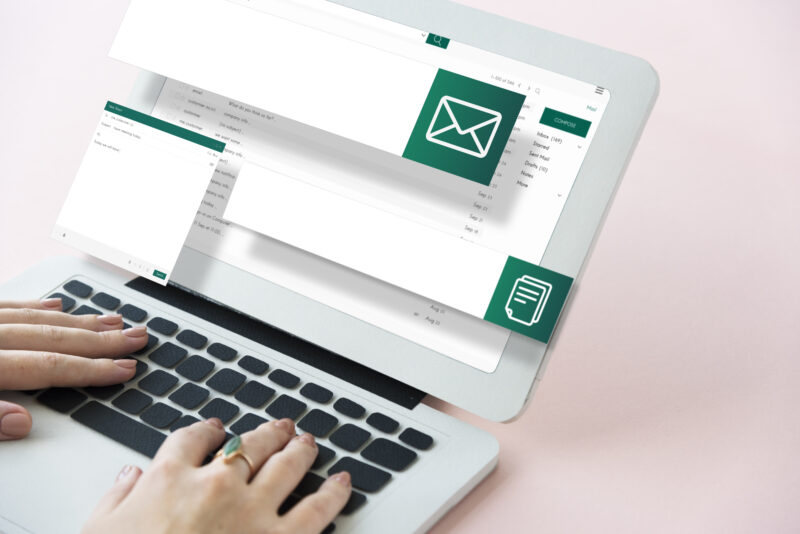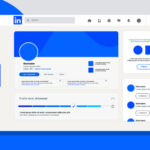The bounce rate is the proof that your digital marketing work is not effectively reaching your customers. Learn more about this concept in this article.
Bounce rates measure the percentage or frequency with which your emails are “bounced”. In other words, the email cannot reach the intended recipient and therefore must be returned to the sender.
From a superficial view, it is unfortunate, but not so serious if 10-15% of prospects do not receive our communications. That’s why large databases are created, isn’t it?
In this article we will explain why and how to (refute) it.
Bounce rate, the 3 types of bounce and their actions
- Soft bounce (or in some tools simply Bounce): A soft bounce is a temporary delivery error related to the inbox server.
Some examples are: inbox full, message too heavy, server temporarily unavailable.
Action: Firing again is a good recommendation as our recipient may have a better chance of receiving it again.
- Hard Bounce (or Invalid): We talk about hard bounce when an email address is invalid. There are several reasons for this: a typo, fake e-mail or the contact is no longer part of the company.
Action: Delete the email address and do not fire anymore. If you have validation, email guessing or web scraping tools, go ahead.
- Reject/Refuse Bounce: Occurs when mail servers identify an email as unsolicited and some have recently implemented automatic reject/bounce rules.
Action: Follow the recommendations below and re-fire.
Reject/Refuse Bounce, avoid it with these 7 steps.
1. Set up your own domain
Market tools are using common domains that inherit the mistakes and bad practices of previous users. You don’t want to automatically fall into spam without ever having done anything, do you?
2. Set up your custom tracking domain to be the same as the sender domain of the emails
Why is this so important? Well, if the domain you’re using to send the emails is different from the one that counts open rates and link clicks, they’re more likely to be identified as unsolicited.
You should not send campaigns with, for example, [email protected] and track opens and clicks with track.any.link.net.
3. If you can, avoid the Vanity KPI
In the first days of the cold mailing campaign launch, it is important to measure its effectiveness (open rate, click-through rate) and adjust it until a minimum open rate of 60% -70% is achieved.
Once the target is reached, this information has no use and becomes what we call “Vanity KPI”, for yourself or to put in reports. But what matters, deliverability or numbers on paper?
If you remove tracking, deliverability will skyrocket, and so will results, your mass mailing tool will not be using the third party link to track opens and clicks and therefore the emails will not be marked as unsolicited.
4. If you can, use your real work email. If not, don’t skip the warm-up
There are two ways. In classic emailing it may be advisable to create a new domain similar to your usual domain (e.g. HelloMrsLead.com), and then “warm up the sending email address”, sending progressively and daily an increasing number of emails.
Another way is to use the email address that you are already using professionally on a daily basis. That is, an e-mail address that sends and especially receives letters.
5. Configure SPF, DKIM and DMARC flags
These protocols are technologies used to protect the sending system, in particular to authenticate and legitimize an email and its sender.
SPF and DKIM are the minimum to configure and there are many tutorials on the web that describe and explain how to do it. Without them the server will not be able to confirm that your email has not been intercepted or altered during transmission.
However, DMARC configuration has become a decisive element since June 2020 in the criteria for detecting unsolicited emails. It is used as a contributor to a domain’s anti-abuse controls.
6. Validate emails before entering them in the database
To get a good open rate and good outbound campaign deliverability, you should start by sending emails to a maximum of valid and fully verified addresses.
How is this done? With an email validation solution. There are many on the market. We at HelloMrLead use Scrapp.io, uProc, ColdCRM and some others.
7. Customize Unsubscribe
Although with the new personal data protection regulations (known as GDPR) it is mandatory to include the possibility to unsubscribe and not receive any more emails.
Do not use the word “Unsubscribe” as it will be detected as an indicator of spam and unsolicited mail.
Be smart. Change the phrase, personalize it, this way you will also generate more trust and the most sincere aspect of the email. And don’t put this link at the end, because that’s where the robot will be looking for it.





